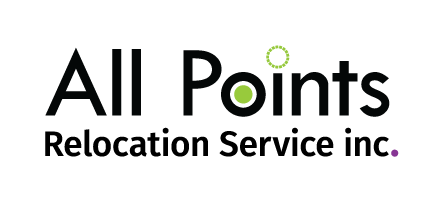Thankfully, we see improvements in management, bringing different solutions to different sectors. By now, many are seeing the growth of agile human resources practices.
What are agile human resources?
Human Resources departments manage complex projects and diverse stakeholders with different objectives. This continuously requires efficient communication and management strategies.
Using agile methodologies to improve management processes, HR practitioners may better reduce volatility, boost flexibility, and strengthen the business.
Iliana Rocha,founder of Clubnet – a coaching and consulting company – understands that agile approaches are going beyond tech: “Since agile is a very context-driven approach, it can be adapted to the needs of the organization and department. Agile human resources are becoming increasingly popular as HR management practices have remained stagnant since the 20th century”.
Implementing an agile human resources mindset means understanding employees also as customers and users. When considered in this perspective, the value becomes something that thrills the client while also assisting the employee in their work.
So, what is Agile?
As software company Atlassian puts it, “Agile is an iterative approach to project management and software development that helps teams deliver value to their customers faster and with fewer headaches. Instead of betting everything on a “big bang” launch, an agile team delivers work in small but consumable increments. Requirements, plans, and results are evaluated continuously, so teams have a natural mechanism for responding to change quickly.”
Software developers created the agile method to meet a specific need for their work on internet applications. In short – they needed to get to market and respond to market desires quicker than ever. So, many tech companies changed the nature of the teams, tools, and platforms to suit this delivery style. They created agile. It led to a greater focus on collaboration, self-organization, iteration and innovation.
Implementing agile human resources at your company
How does Agile Methods translate to day-to-day operations in the Human Resources sector?
For Iliana, HR departments can take a lighter approach to agile. “They don’t need to adapt all tools and techniques but can select the core principles that will help them drive results”.
Since HR touches every part of an organization, becoming more adaptable in attracting, retaining and engaging employees has far-reaching benefits. Some of the valuable emerging areas are upward feedback to leadership and the introduction of coaching at the team and leadership levels. But agile can be immensely helpful to recruiting, onboarding and even HRIS implementations.
What does being more agile mean? It means a different way of behaving in HR.
Some ideas:
- From career paths that are defined and linear to those that are dynamic, and employees can move in several directions;
- From rolling learning initiatives decided upon at the start of the year with distinct objectives, learning is used in a “just-in-time” fashion and is ongoing and iterative;
- HR system implementations become chopped into smaller-scale projects with quick turnarounds and feedback loops created for improvement;
- Recruitment based on a needs basis moves to a continual process of creating a database of talented individuals to meet future needs.
Being more adaptive in recruiting, keeping, and engaging people has far-reaching benefits since HR impacts every business area. An agile human resources sector isn’t something that only – managers need to think about because agile depends on collaboration.
In practical ways, this means:
- Learning about Agile or hiring an Agile Coach;
- Decide on sprints (shorter time-limited projects of about 3-4 weeks) and meetings, adapting for the sector needs;
- Adapt the process not once but continuously;
- Give preference to individuals and a collaborative approach to work;
- Focus on simplifying processes.
It is important to develop T-shaped talent (which refers to someone who has expertise in one thing but cross-functional capabilities (jack-of-many-trades) with the capacity to work across many disciplines) in your organization.
Leaders and HR professionals should embrace building a network of teams, adopting agile and lean methodologies to cultivate human experience.
The Human Resources professional job is complex, and implementing Agile’s principles may mean big change. The Harvard Business Review has a great article for those looking for more information on this subject.
Focus on your company. Let us focus on the smooth relocation of your talent. All Points offers all the tools to help you build a relocation policy when your company considers its global mobility options.

